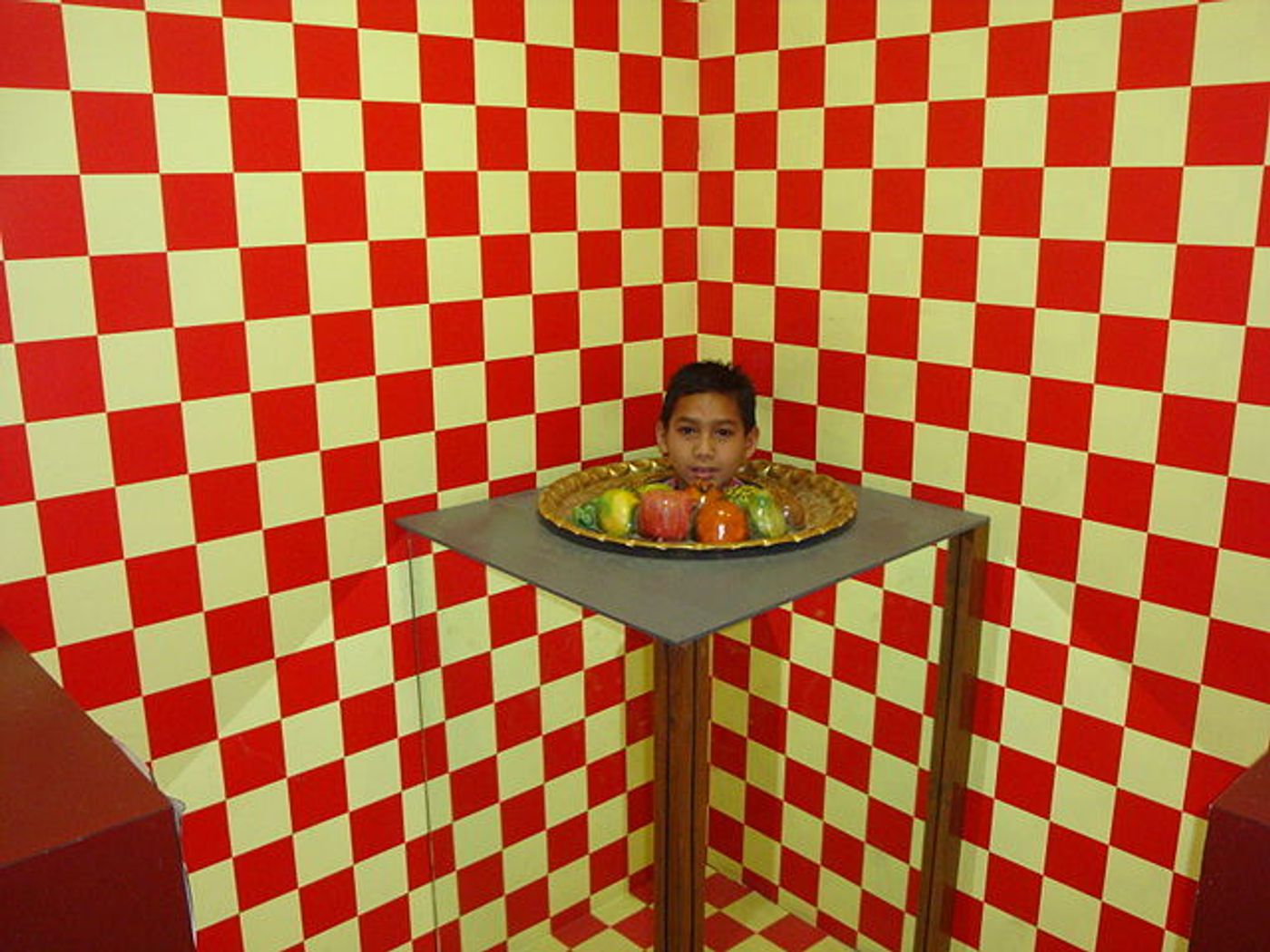Can you always believe your eyes? If you look at something, are you seeing what is actually there, or is there a disconnect between the object you see and how the brain perceives that object and interprets it? Optical illusions have been around since Aristotle and are amusing, but there is actual science behind how your eyes send images and stimuli to the brain and how we perceive it.
 It starts with how our eyes work
It starts with how our eyes work. Vision is actually a process where light gets reflected off the objects in our surroundings and enters the eyes through the cornea. It then passes through a lens which focuses the light to the retina at the back of the eye which contains millions of tiny light-sensing nerve cells called rods and cones.These cells in the retina convert the light into electrical impulses. The optic nerve sends these impulses to the brain where an image is produced.
When our eyes take in the light and reflections and pass the impulses on, the brain has to decode all that information and that is where an optical illusion can begin. How the brain processes some of these illusions depends on what kind of illusion is presented. There are three basic types of illusions and they each are interpreted by the brain in a different way. Physiological illusions such as the halos or spots that we see after looking at bright lights come about from overstimulation from the neurons on the brain that process images. When the brain is bombarded with repetitive images or alternating colors it can be overloaded and process these images incorrectly. Another kind of illusion that is based in biology is a pathological illusion that happens as a result of injury or disease. An example is an optic migraine that produces shadow effects or light disturbances.
The optical illusions most are familiar with are cognitive illusions. This is when what is seen, whether it’s a photograph, drawing or physical object is perceived one way by the eyes, but decoded differently in the brain. The famous Rubin’s Vase is an example and an ambiguous illusion. It looks like both a vase, and the silouettes of two faces.
Distorting illusions are another kind of cognitive disconnect between the eyes and the brain. The Café Wall illusion is a series of staggered black and white blocks divided by parallel lines, however most people see the lines as sloping downward towards each other rather than parallel lines, which of course would never meet.
While ambiguous and distorting illusions are a result of the brain processing light differently, a paradox illusion is one that results from the tendency of the brain to cognitively join edges that are adjacent. The brain reads these angles as joined, whether they are or not.
The artist M C Escher made this kind of illusion famous in many of his works. More cool optical illusions can be found
here . Check out the video below to see how the brain can be fooled.









